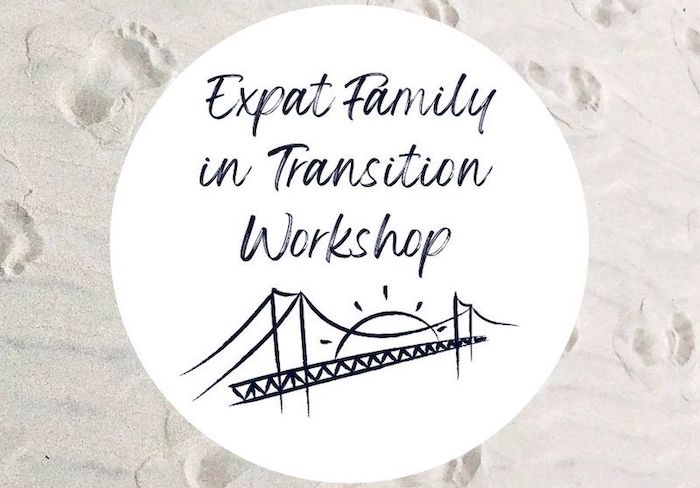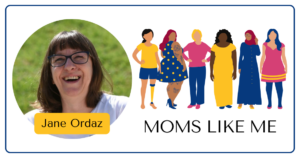June-August is moving season for many expats and my feed is full of bittersweet farewell parties and touching goodbyes. Saying goodbye to people and places is a (sometimes) sad but important part of our international lives – for the family that is leaving and for friends staying behind – but that is only one part of moving.
I want to look beyond the farewell gifts and logistics and give you deeper insights into how to move abroad with children. If you’d like to work with me during your family’s international transition, please check out this offer.
Goodbyes & Hidden Losses
Closure is key to moving forward into the next phase. Expat parents need to know that there are more things to find closure with than people and places though. Hidden losses (thus named because they are not obvious) will slow forward movement and prevent us from arriving in a new place if not processed.
Picture life through your children’s eyes – the places, smells, sounds, tastes, climate, relationships and routines of their everyday life. Then imagine ALL of that disappears in the blink of an eye (or a 10 hour flight).
How disorienting must that feel? How disruptive? How frightening, when so much of the familiar is suddenly gone?
Other hidden losses are loss of a sense of belonging and loss of their status (sense of their place in the world). These are deep-seated human needs that are disrupted when we move. Processing these losses takes time – for all of you. We also deal with loss around knowing we can never go back and will never feel completely part of that place again.
What can you do? Start with awareness of this deeper level of loss and give your children and yourself time and lots and lots of grace (patience) during this transition. Everyone will be handling it differently and that is ok.
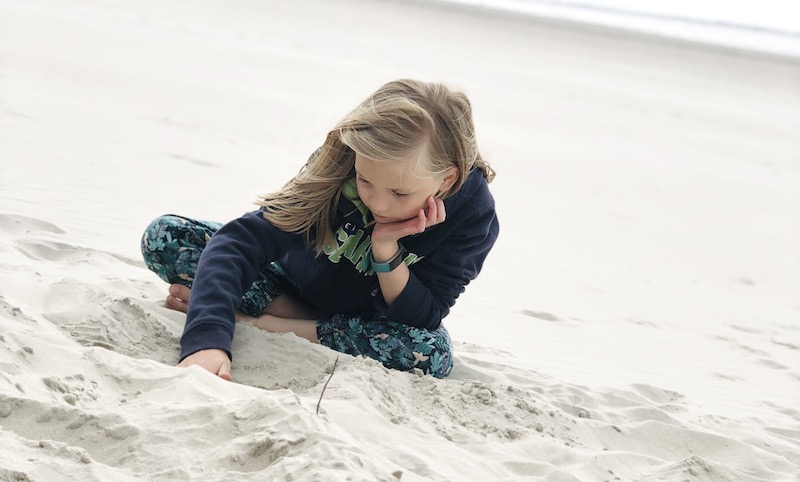
Processing Loss
When “hard stuff” happens – such as all the goodbyes and loss experienced during an international move – we need to find ways to work through it, not just tuck the feelings away and carry on as usual. If we let our children do that, they will experience a move as an Adverse Childhood Experience, something I wrote about in depth here.
This is one of the downsides of a life on the move. Modelling and teaching methods to handle uncomfortable feelings and thoughts is an important part of parenting and a way to prevent some of the long-term effects. But it can be hard, especially if we haven’t learned how to do this ourselves.
Ideally every Third Culture Kid and their parent knows a few ways to work through feelings and experiences of loss. These might include:
- talking to someone
- creating art
- journaling
- listening to music
- meditation
- physical activity
The difference between distracting ourselves and processing is in the process. Identifying what it hurting, making us sad or angry and thinking it through, working on it in our minds while we do the above activities.
For example – I can run to clear my mind or I can run and think about all the wonderful times I had with someone and feel the pain of saying goodbye, cherishing and perhaps letting go of that time in our lives together.
Creative arts can be used in a similar way. Processing experiences such as a move through guided activities, reflecting on the place, people and experience. Perhaps even laughing and crying about it together.
Feelings & Emotions



Wether we’re in the middle of an international move or just life, our kids (and us) have a lot of big emotions. These can be overwhelming and even scary.
When we help our children recognise and name what they’re feeling we’re giving them control over that big scary thing.
Recognising what an emotion feels like in their body and knowing how they can handle it is an incredibly empowering life skill.
I try to help our kids know this:
- Feelings are telling us something. Try to figure out what it is you need.
- All emotions are ok. Feel the feeling, don’t ignore it.
- Not all reactions to our emotions are ok though.
- You are not your emotions.
- Feelings pass (the happy high and the sad low).
There are lots of tools to help children develop their emotional literacy. Feelings charts and needs charts are an example. You can easily make these yourself, adding needs more specific to your child.
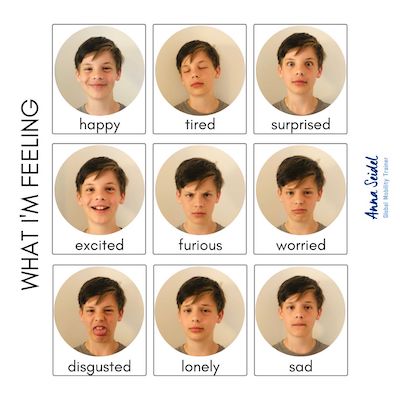
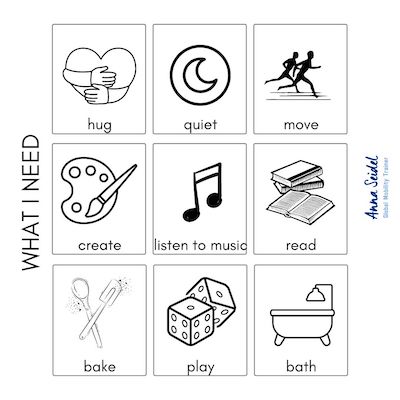
Pre-/Post-Grieving
Do you appear to stick your head in the sand and go numb before a move? Or do you start wearing waterproof mascara because you’re in tears all the time?
When anticipating a big move us humans can roughly be grouped into two categories (read more about this concept here):
- pre-grievers
- post-grievers
Pre-grievers feel all the feels before the move. They find themselves in tears days and weeks before they actually leave and “show” their emotions during farewell parties and goodbye events. Once landed, they keep their cool and focus forward.
Now flip this around.
Post-grievers appear rather aloof and distant during the transition phase, letting parties and goodbyes roll off them like water on a duck’s back. But once they arrive and the first bags are unpacked, they find themselves in a pool of tears on the floor, unable to catch their breath between sobs.
Different ways of handling grief and goodbyes.
Most people – your children included – fall roughly into one of these categories and knowing about them can be helpful in understanding how each of you is dealing with a transition such as a in international move with children.
Do you recognize yourself in one of these types?
What about your kids?
What happens if you’re all in different categories?
You're in this together!
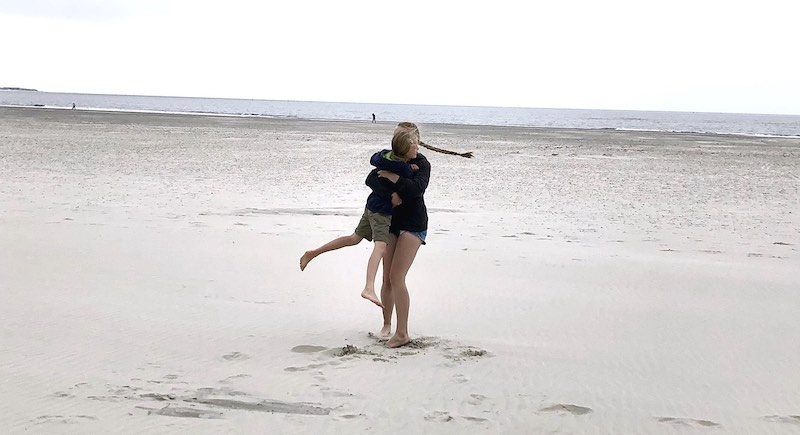
Getting started in your new location
Ask for help
Final piece of advice on how to move abroad with children – ask for and accept help.
You were never meant to do this all alone and acknowledging that you don’t have all the answers is a great lesson to teach your children, too.
I offer Expat Family in Transition Workshops to help you through an international move with kids. In just a few hours (you do have other things to do) we create a little bubble of space and time to help your family re-connect and remember why you set out on this adventure in the first place. I’ll help you recalibrate and look forward to your first 100 days in your new location with a plan you can all get on board with.
Schedule an info call
Does a mini workshop for your family sound like just what you need right now?
Schedule a 15 min call to find out more and set dates for your family.
Schedule a callCheck out the details first

